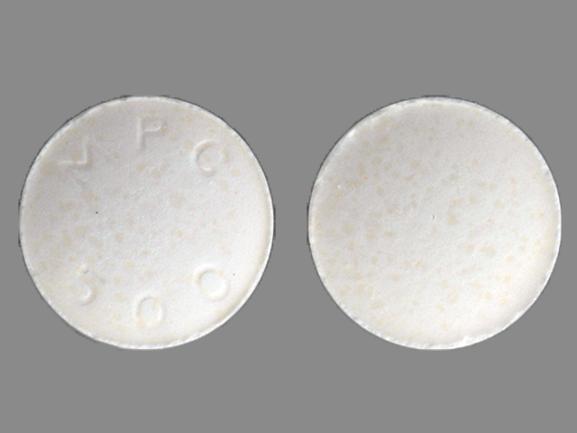Lithostat Disease Interactions
There are 3 disease interactions with Lithostat (acetohydroxamic acid).
Acetohydroxamic acid (applies to Lithostat) renal dysfunction
Major Potential Hazard, High plausibility.
Acetohydroxamic acid is primarily eliminated by the kidney and it is contraindicated in patients whose renal function is poor (serum creatinine more than 2.5 mg/dl and/or creatinine clearance less than 20 mL/min). Patients with less marked renal impairment may be at increased risk of toxicity associated with administration of acetohydroxamic acid and therapy should be administered cautiously and reduced dosage may be necessary.
Acetohydroxamic acid (applies to Lithostat) bone marrow depression
Moderate Potential Hazard, High plausibility. Applicable conditions: Bone Marrow Depression/Low Blood Counts, Bleeding, Fever
The use of acetohydroxamic acid is a known inhibitor of DNA synthesis and also chelates metals - notably iron. Its bone marrow suppressant effect is probably related to its ability to inhibit DNA synthesis, but anemia could also be related to depletion of iron stores. Clinical monitoring of the platelet and white cell count is recommended in patients with bone marrow depression.
Acetohydroxamic acid (applies to Lithostat) hepatic function
Moderate Potential Hazard, Moderate plausibility. Applicable conditions: Liver Disease
Abnormalities of liver function have not been reported to date. However, a chloro-benzene derivative of acetohydroxamic acid caused significant liver dysfunction in an unrelated study. Therefore, close monitoring of liver function is highly recommended in patients receiving AHA, especially in those with liver impairment.
Switch to professional interaction data
Lithostat drug interactions
There are 24 drug interactions with Lithostat (acetohydroxamic acid).
More about Lithostat (acetohydroxamic acid)
- Lithostat consumer information
- Check interactions
- Compare alternatives
- Pricing & coupons
- Reviews (2)
- Drug images
- Side effects
- Dosage information
- During pregnancy
- Drug class: miscellaneous genitourinary tract agents
- En español
Related treatment guides
Drug Interaction Classification
| Highly clinically significant. Avoid combinations; the risk of the interaction outweighs the benefit. | |
| Moderately clinically significant. Usually avoid combinations; use it only under special circumstances. | |
| Minimally clinically significant. Minimize risk; assess risk and consider an alternative drug, take steps to circumvent the interaction risk and/or institute a monitoring plan. | |
| No interaction information available. |
See also:
Further information
Always consult your healthcare provider to ensure the information displayed on this page applies to your personal circumstances.


